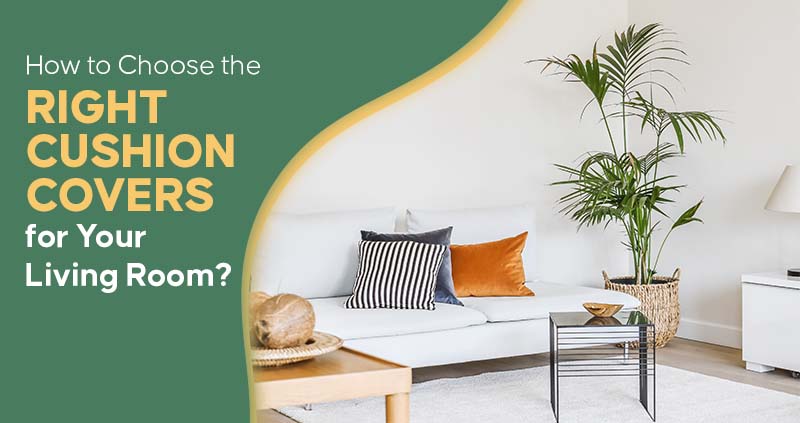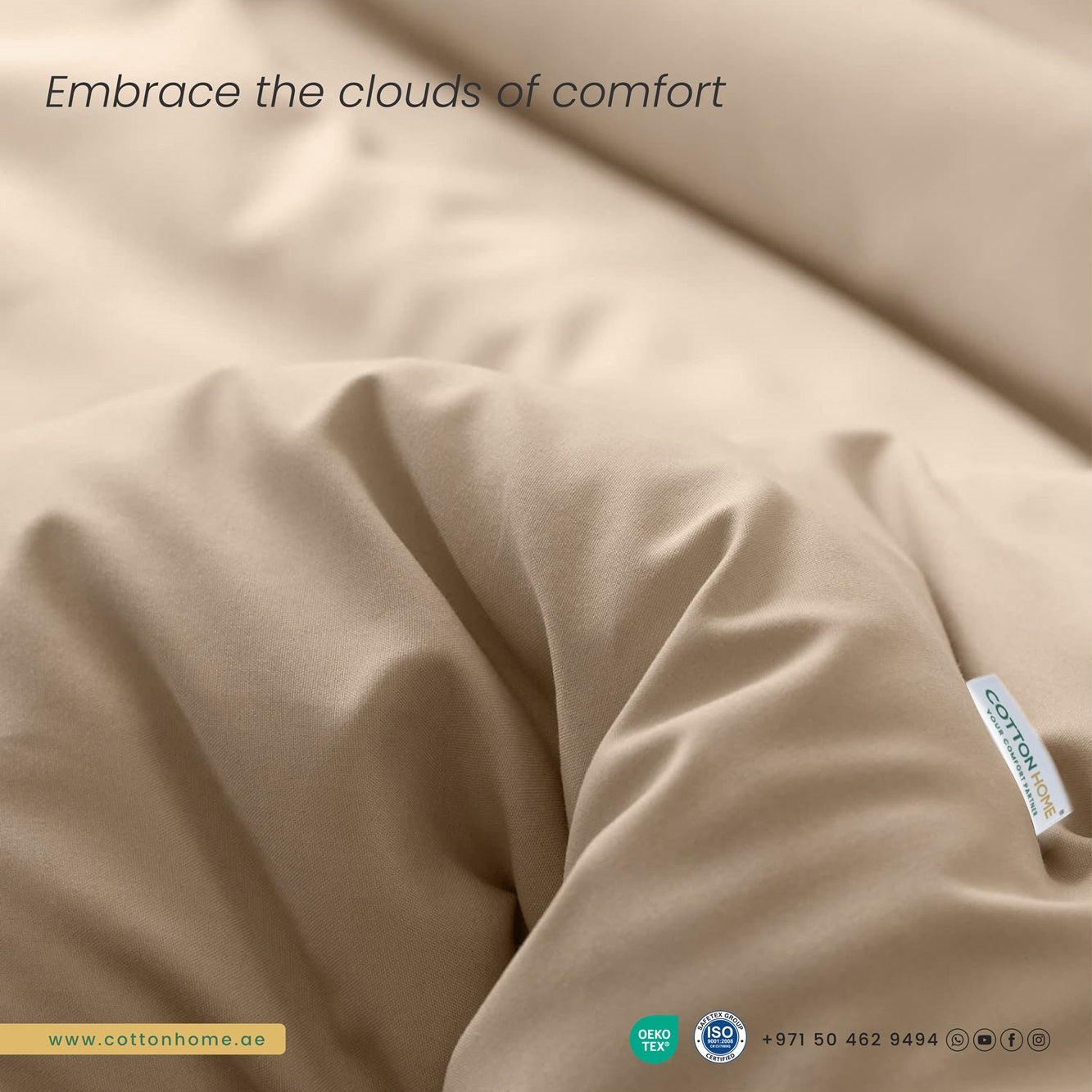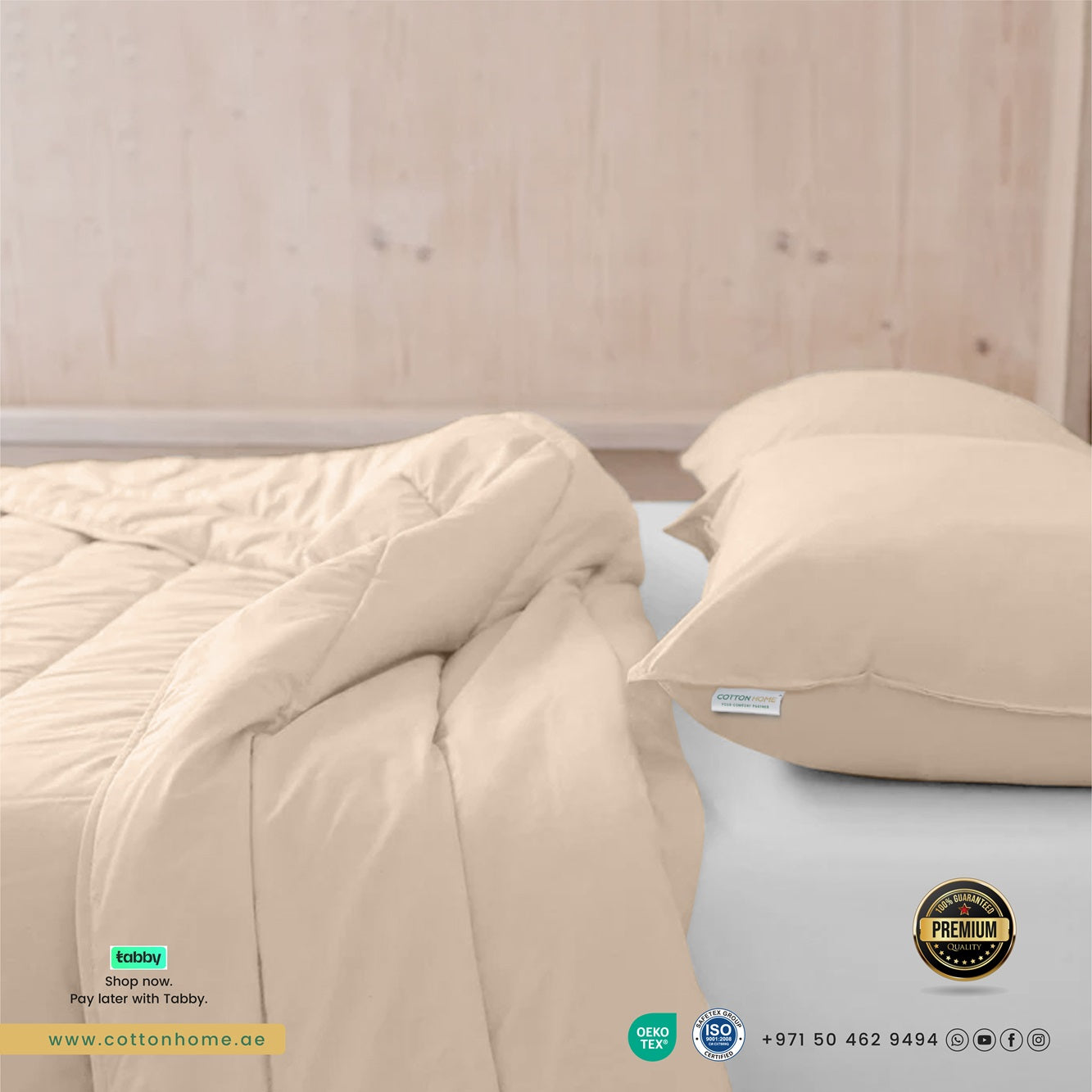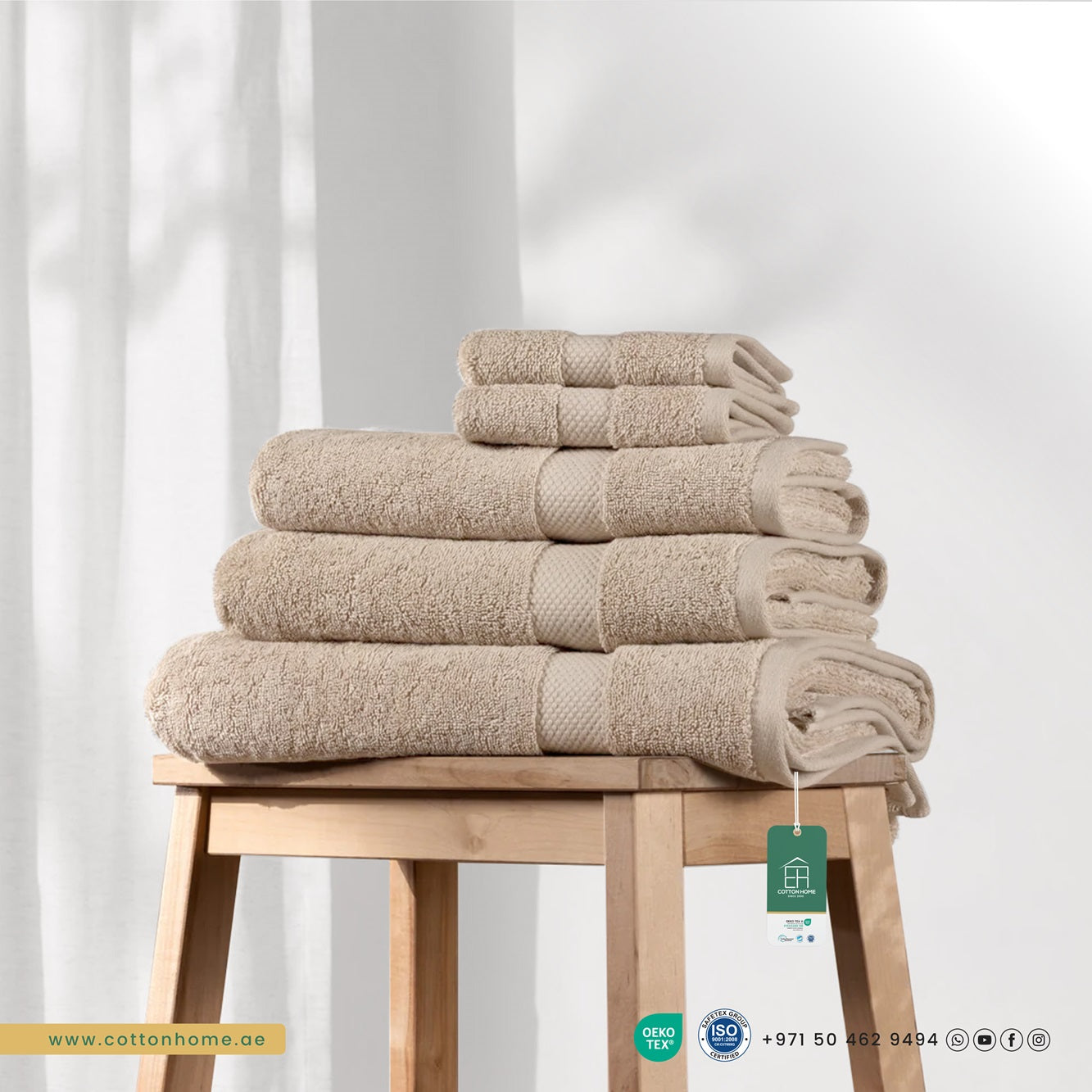
How to Select the Proper Cushion Covers for Your Living Room
Your living room is the focal point of your home, the area for rest, talk, and displaying your individual flair. Though furniture and paint provide the background, sometimes it is the little things that make or break a room. Among those little things that often go unheralded as part of good interior design are cushion covers. These multi-functional fabrics provide an affordable and effortless solution to revitalize your decor, introduce accents of color and texture, and finally create enhanced comfort and aesthetics to your sitting arrangements.
However, with the appearance of never-ending options available, how do you choose the appropriate cushion covers for your living room? Let us explore the essential factors in assisting you to make the ultimate choices.
Beyond the Softness: The Role of Cushion Covers
Before we get into the details, it's worth noting the various roles cushion covers play. They are not just covering for your cushions; they are design tools that have a lot of influence over how your living room looks.
1. Adding Personality and Style
Cushion covers are a great means to bring your personal style and taste into your home. Whether you're a bohemian, classic, contemporary, or minimalist at heart, the correct covers will immediately reveal your design sense.
2. Introducing Color and Pattern
They provide a simple method to introduce patterns and color palettes into your room without going for bigger, more permanent things such as wall paint or upholstery of furniture. You can play with bold colors, soft tones, geometric patterns, floral motifs, and much more.
3. Adding Texture and Depth
Various fabrics and trimmings can provide multiple layers of texture and visual appeal to your seating. Consider the contrast between a smooth velvet cover and a textured linen one – each adds a distinct tactile and visual element.
4. Building Cohesion
Strategically selected cushion covers can serve as a link, binding together various pieces in your living room. They can take color from your artwork, rugs, or curtains, making for a harmonious and cohesive appearance.
5. Seasonal Update
Cushion covers are an extremely budget-friendly method of redecorating your living room for various seasons or holidays. Replacing lighter, brighter covers with deeper, warmer tones can quickly change the atmosphere of your room.
6. Protection and Longevity
Well, of course, their first job is to keep your cushions safe from dirt, stains, and wear and tear, ultimately prolonging their lifespan.
Key Considerations for Choosing Your Perfect Cushion Covers
Lastly, let's discuss the key points to remember when choosing cushion covers for your living room
1. Size and Shape
This may sound basic, but it is very important to make sure your covers are the right size for your current cushions in order to look put together. Measure your cushions precisely before buying covers. Standard cushion sizes are from 16x16 inches to 24x24 inches, and there are also rectangular and lumbar. Think about the shape of your cushions and buy covers to match.
2. Material and Texture
The material used for your cushion covers has a significant effect on the appearance, texture, and longevity of your seating.
3. Cotton
A general-purpose and ventilated choice, cotton covers tend to be simple to maintain and are available in many weights and textures.
4. Linen
Celebrated for its natural texture and laid-back elegance, linen creates a comfortable, ventilated sensation, but has a tendency to wrinkle easily.
5. Velvet
Provides a sense of luxury and richness with its deep colors and soft, plush texture. But it may need more gentle care.
6. Polyester and Blends
Stain-resistant, long-lasting, and frequently less expensive, synthetic fabrics provide practicality and a variety of textures and finishes.
7. Wool
Offers warmth and a sense of coziness, perfect for colder climates. Wool blankets can be long-lasting but may need special cleaning.
8. Silk and Faux Silk
Provide a sophisticated and classy luster but are usually more fragile and need gentle handling. Look at the general style of your living room, the traffic it gets, and your own taste for texture and upkeep when making your material choices.
9. Color and Pattern
Here you can be as creative as you like. Consider your current color scheme and how you want your cushions to work with it.
10. Complementary Colors
Select colors that are opposite one another on the color wheel (blue and orange, yellow and purple) to create a bold and attention-grabbing contrast.
11. Analogous Colors
Selecting colors that are side by side on the color wheel (blues and greens, reds and oranges) will produce a harmonious and peaceful ambiance.
12. Neutral Colors
If your walls or furniture are already bold, choosing neutral cushion covers in white, gray, or beige can provide a sophisticated and soothing background.
13. Introducing Patterns
It's okay to combine patterns, but do it with intention. Mix stripes with geometric forms, florals with abstractions, and so on. Mix patterns in different scales, for example, a large floral one with a small one of geometry, and make sure they have a common color range to create a sense of unity. Stripes, geometric forms, florals, and abstract forms can all inject personality.
14. Style and Theme
Your cushion covers must be consistent with the overall style and theme of your living room.
15. Modern/Minimalist
Use solid colors, basic geometric patterns, and minimalist lines in materials such as cotton, linen, or sleek synthetics.
16. Bohemian
Use eclectic patterns, luxurious textures such as velvet and macrame, and bold colors.
17. Traditional
Use traditional patterns such as florals, damasks, and stripes in rich, often muted color, in textures such as velvet or textured cotton.
18. Coastal
Incorporate nautical stripes, natural textures like linen and cotton, and a color palette of blues, whites, and sandy tones.
19. Quantity and Arrangement
The amount of cushions and how you place them can have a big effect on how your seating looks and feels. Think about the size of your sofa or chairs. An odd number of cushions (such as three or five for a sofa) tends to make a better-looking, less formal look. Mix the sizes and shapes of your cushions for greater visual interest.
20. Care and Maintenance
Think about your lifestyle and the amount of time you are prepared to spend cleaning. Use machine-washable covers if you have children or pets. Delicate materials such as silk or velvet may need professional cleaning. Always check the care label when buying.
21. Budget
Cushion covers vary in cost according to material, brand, and trimmings. Set your budget first so you can limit your choices. Keep in mind that you can usually find a fashionably-priced solution if you look around.
Putting It All Together: Creating Your Perfect Cushion Ensemble
Selecting the perfect cushion covers is a great chance to make your living room more personalized. Don't hesitate to try out and play around with various colors, motifs, and textures. Begin with your current décor and then construct your cushion cover piece by piece.
A skillfully selected array of cushion covers can really give your home that added finishing touch of style and comfort. So go ahead, let your inner designer shine, and revamp your living room with the magic of the ideal cushion covers!






Leave a comment